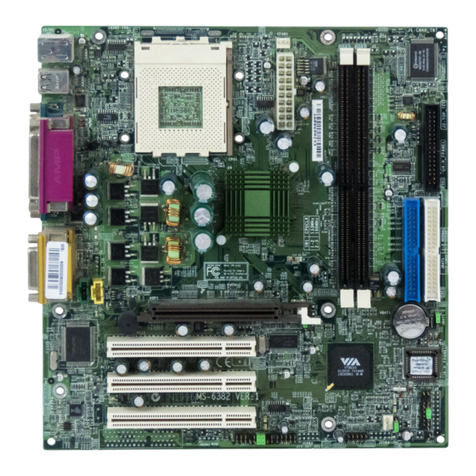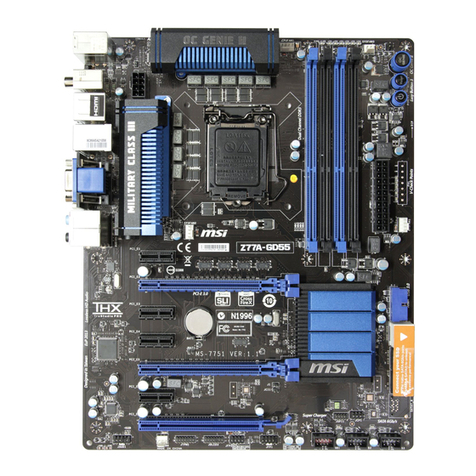MSI Pro266 Master User manual
Other MSI Motherboard manuals
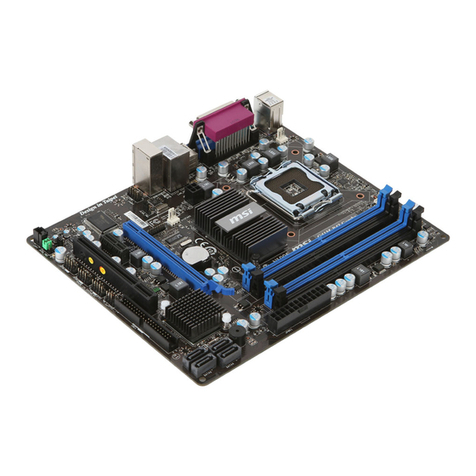
MSI
MSI G41M-P33 series User manual
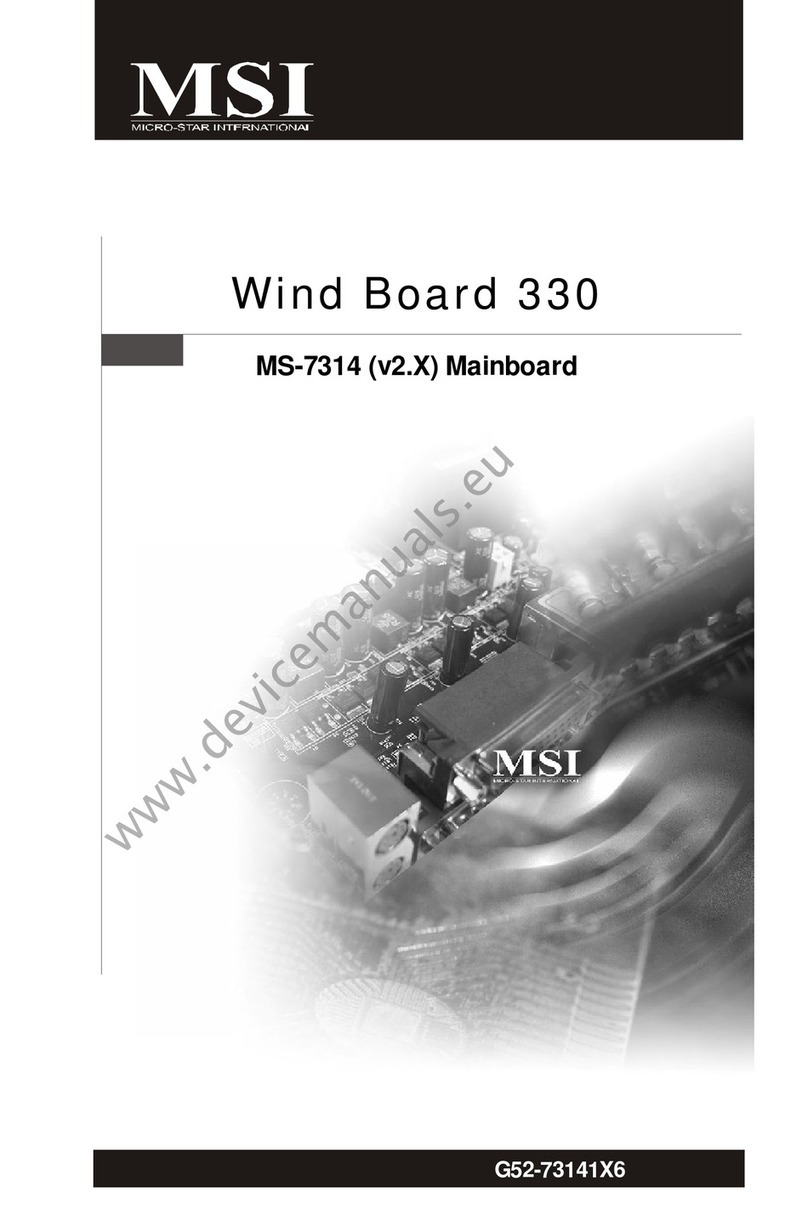
MSI
MSI Wind Board 330 User manual
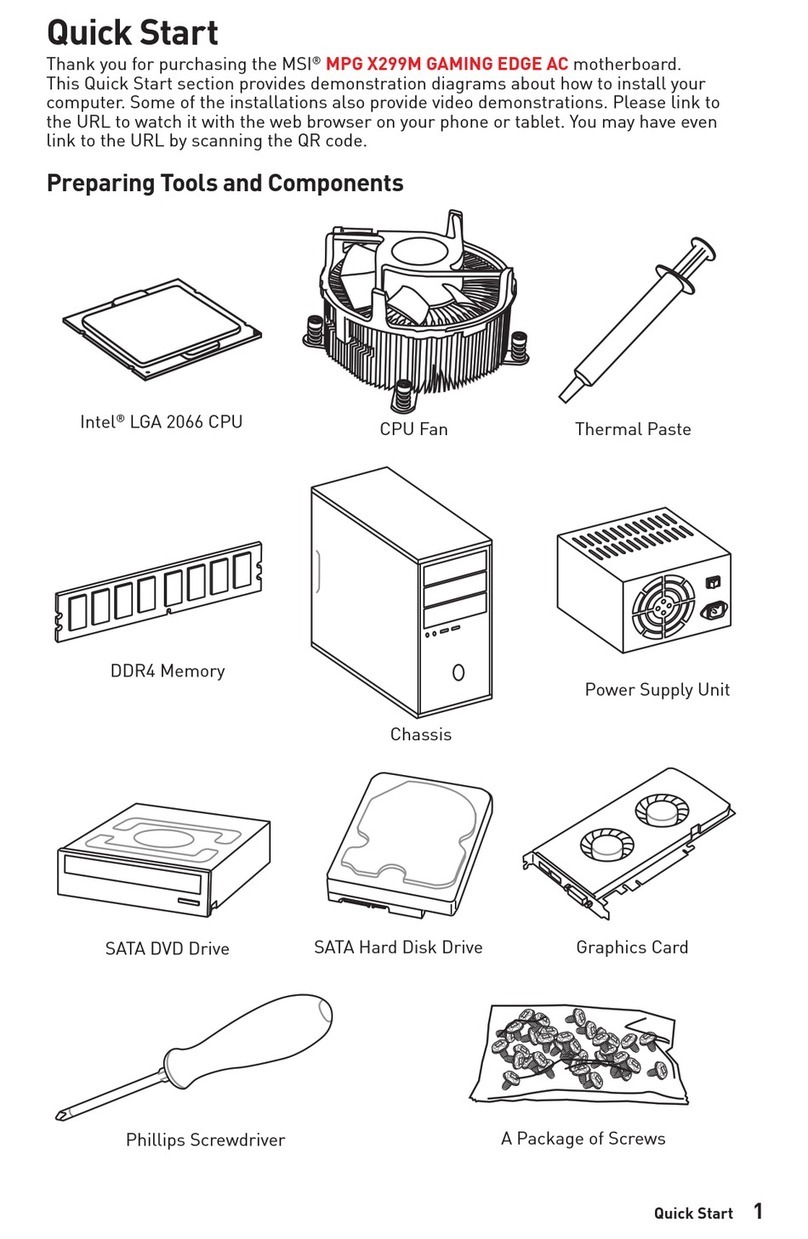
MSI
MSI MPG X299M GAMING EDGE AC User manual
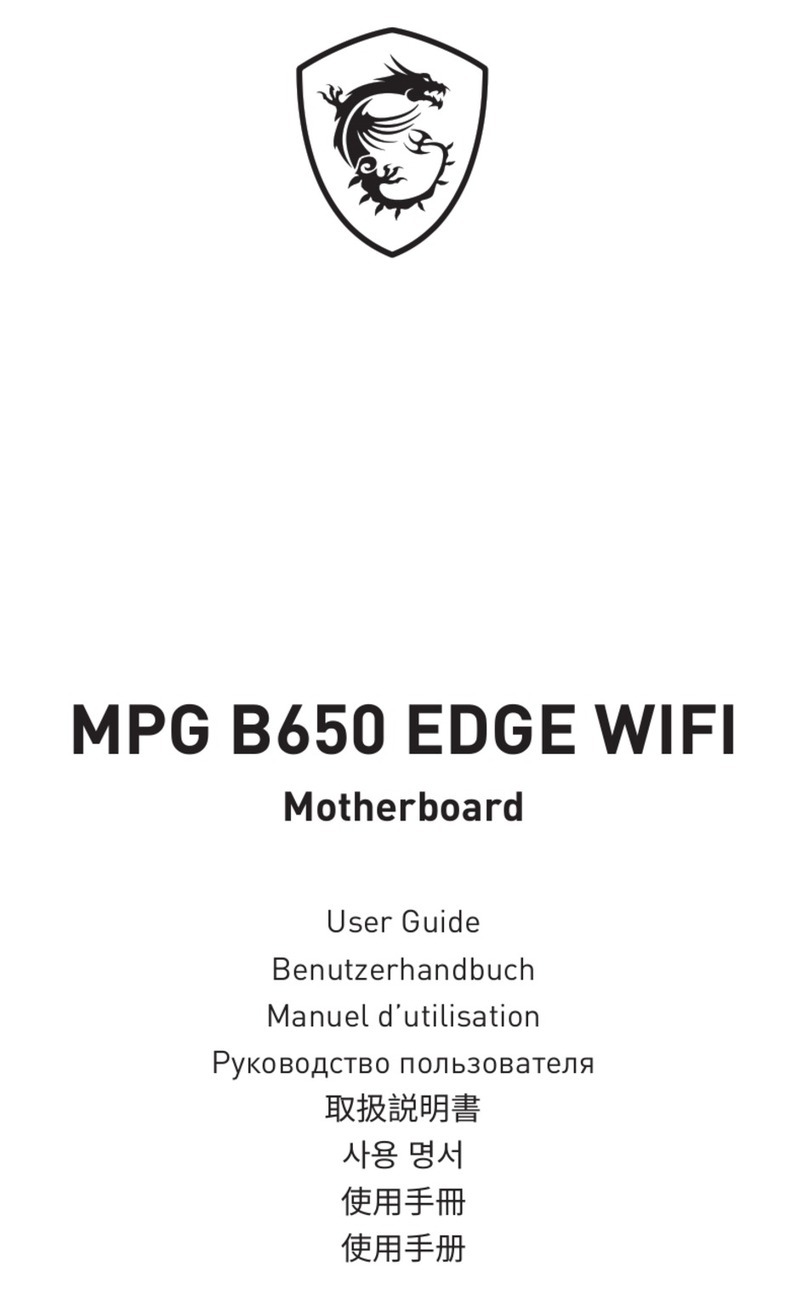
MSI
MSI 7E10-001R User manual
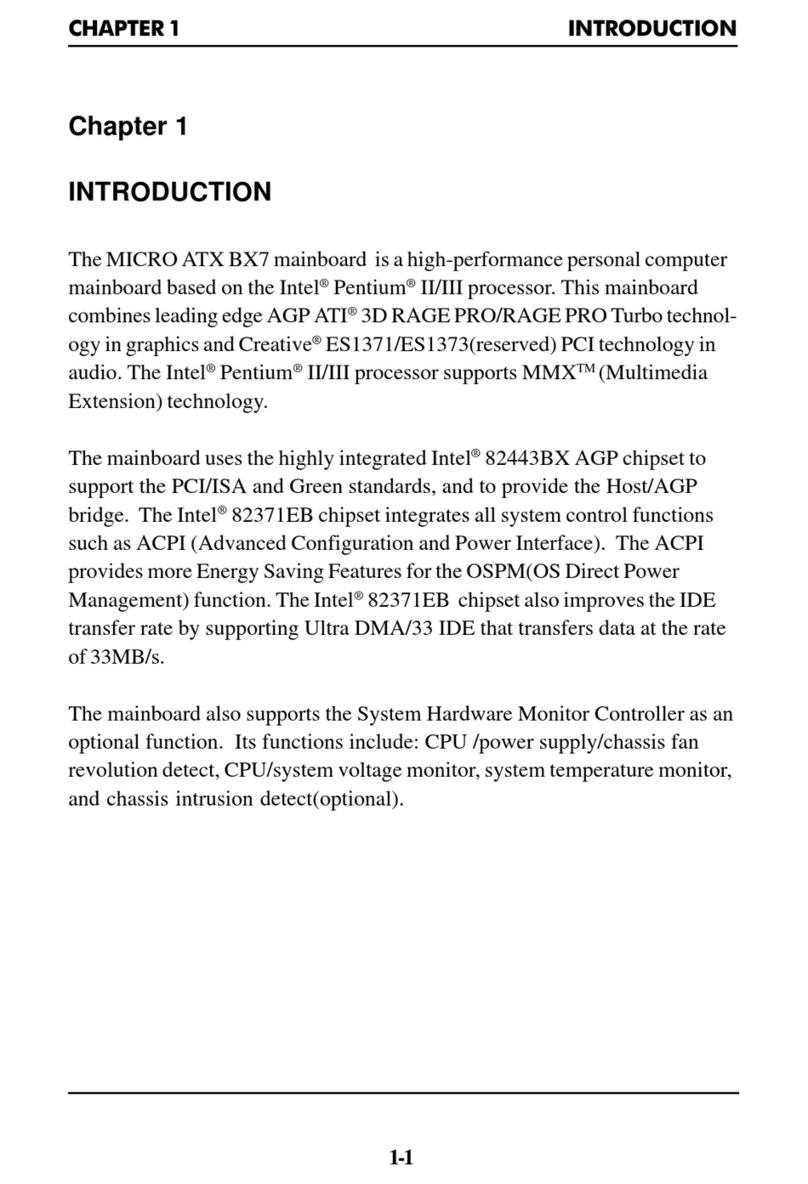
MSI
MSI MS-6147ZX User manual
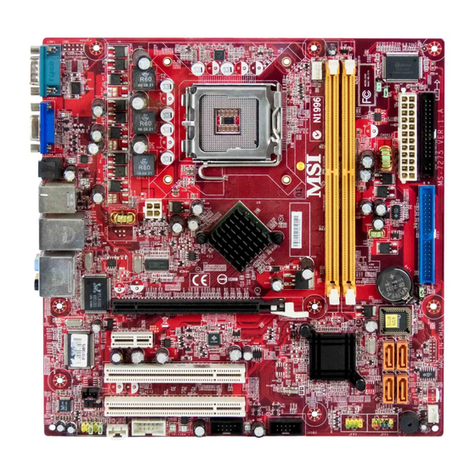
MSI
MSI MS-7275 User manual

MSI
MSI 760GM-P24 series User manual
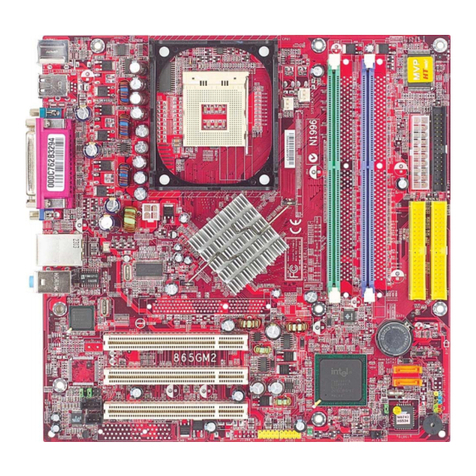
MSI
MSI 865GVM User manual
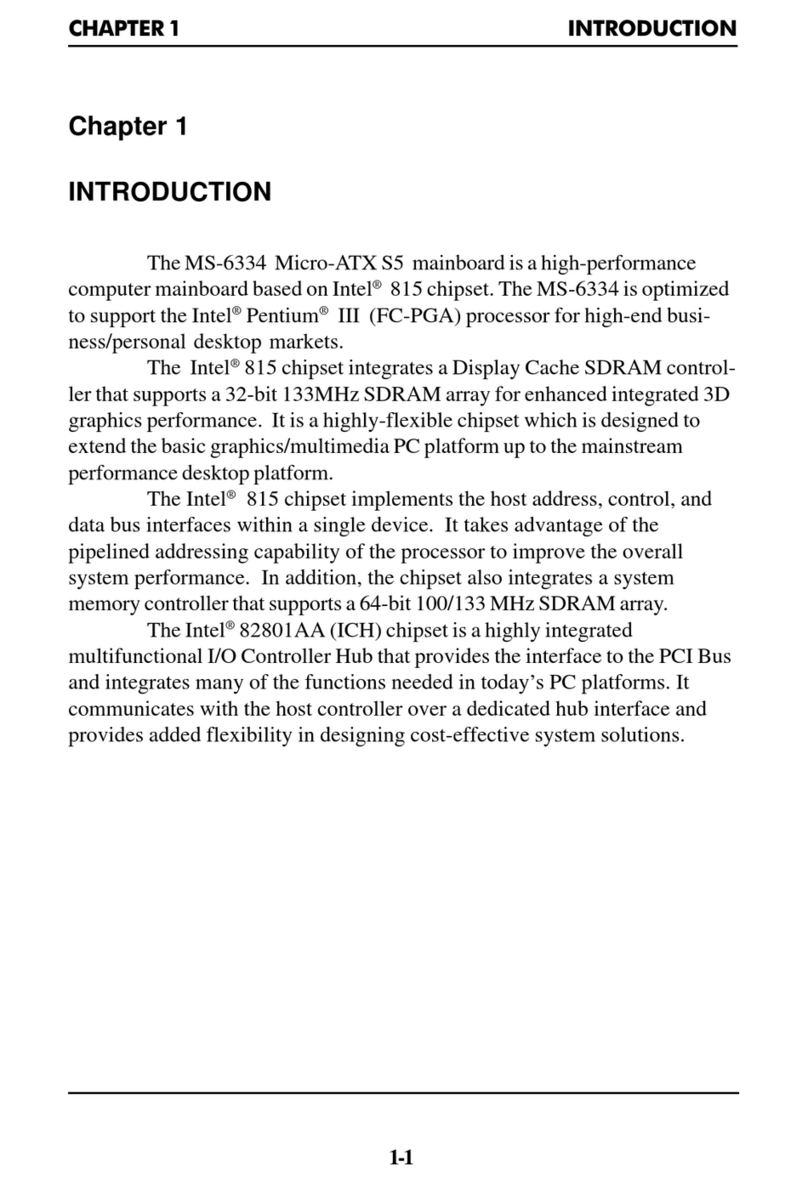
MSI
MSI MS-6334 User manual
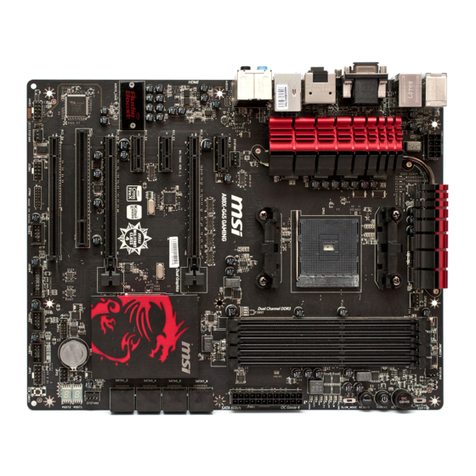
MSI
MSI A88X-G45 GAMING User manual
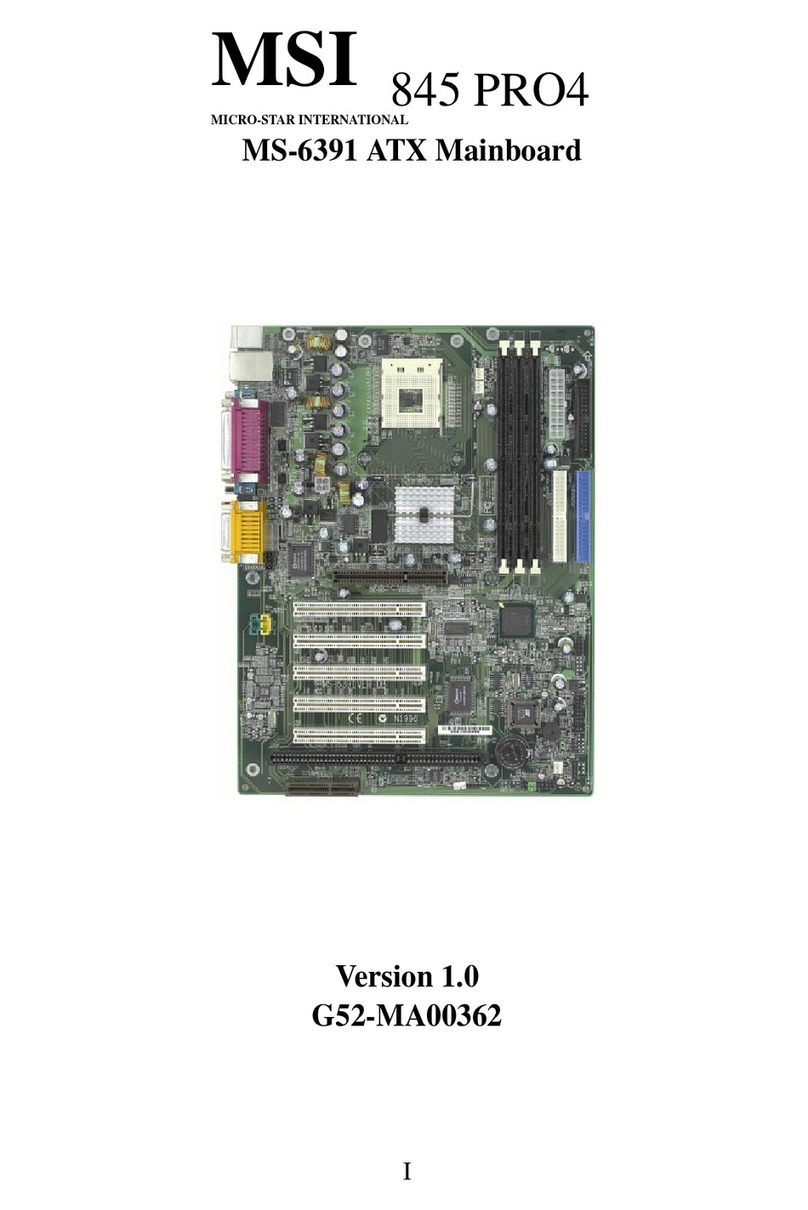
MSI
MSI 845 PRO4 User manual
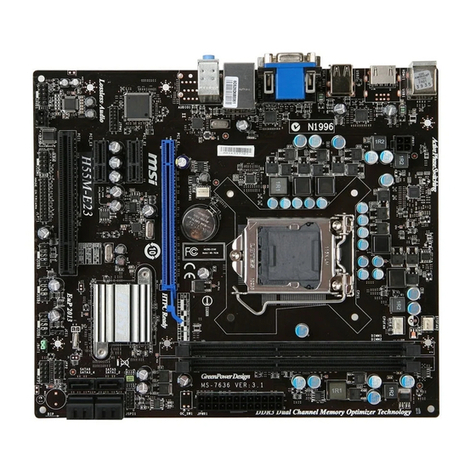
MSI
MSI H55M-E32 User manual
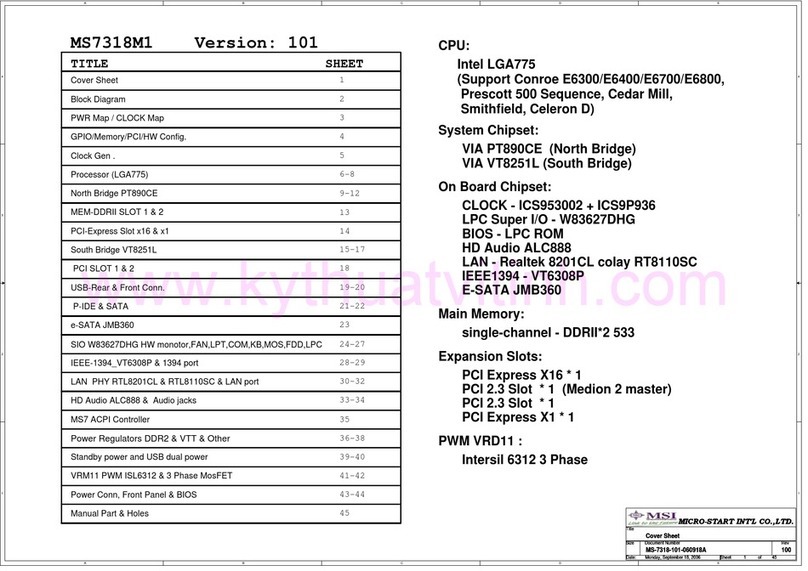
MSI
MSI MS7318M1 User manual
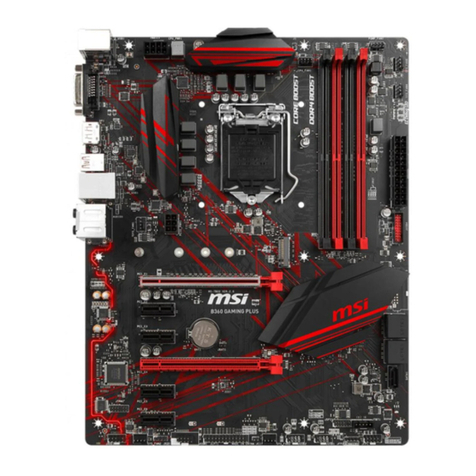
MSI
MSI H370 GAMING PLUS User manual
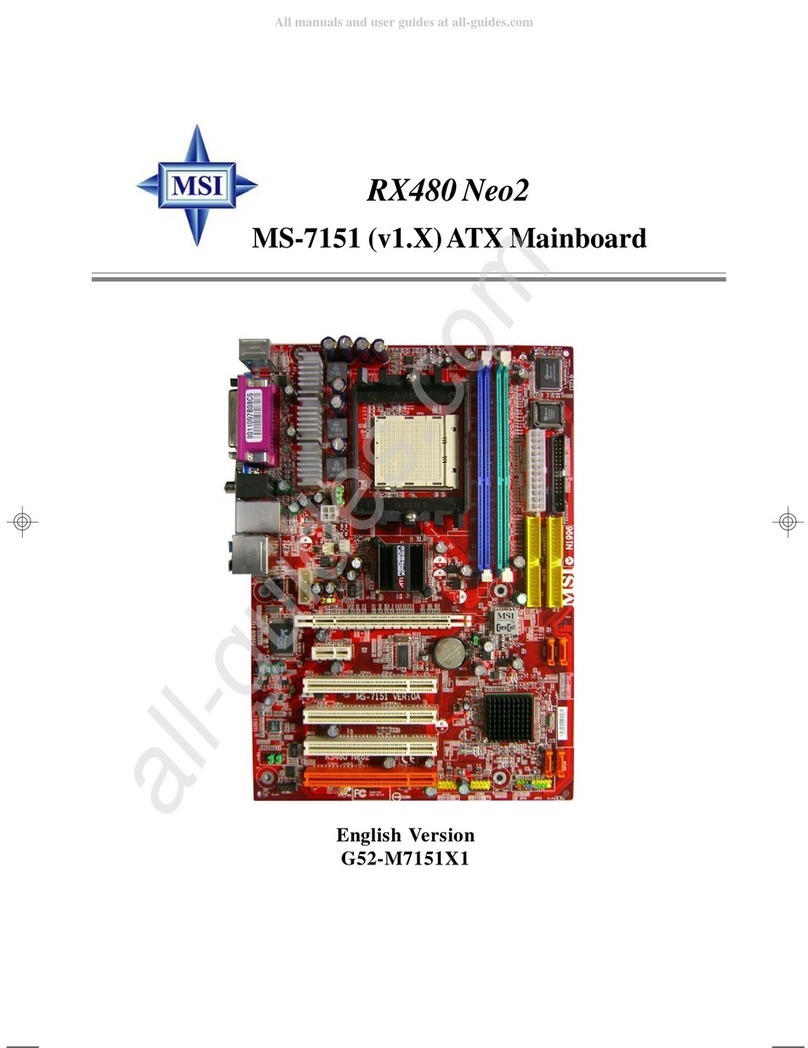
MSI
MSI MS-7151 User manual

MSI
MSI P45 NEO3-FR - Motherboard - ATX User manual

MSI
MSI G52-74111X2 User manual

MSI
MSI MS-6309 Manual
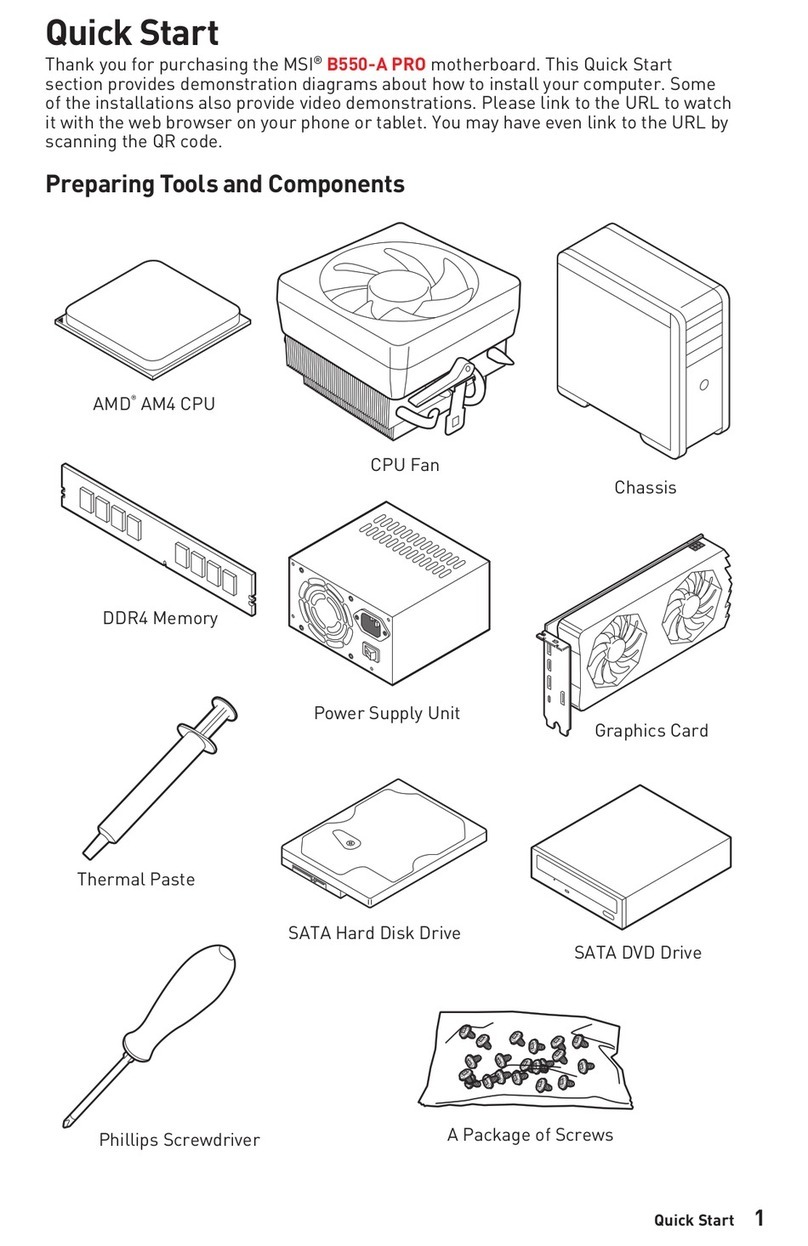
MSI
MSI 7C56-002R User manual
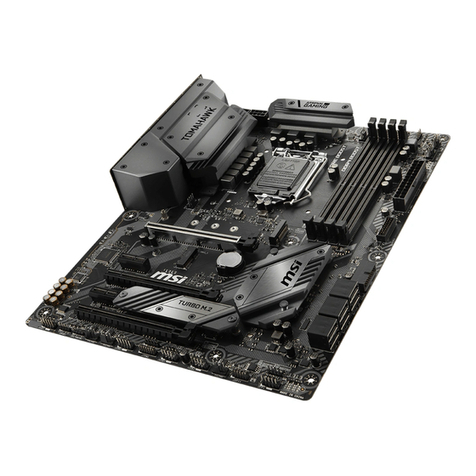
MSI
MSI MAG Z390 TOMAHAWK User manual

